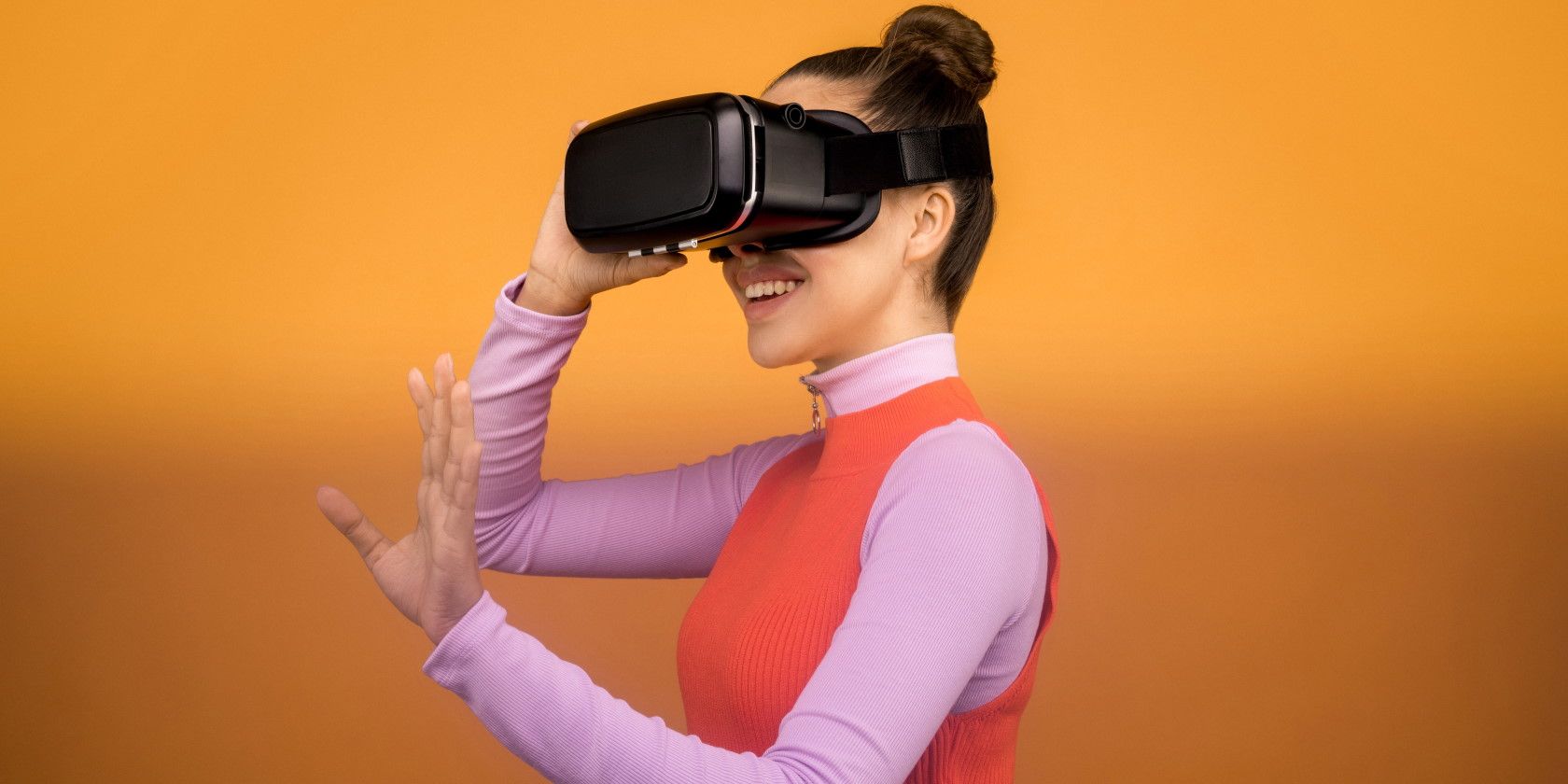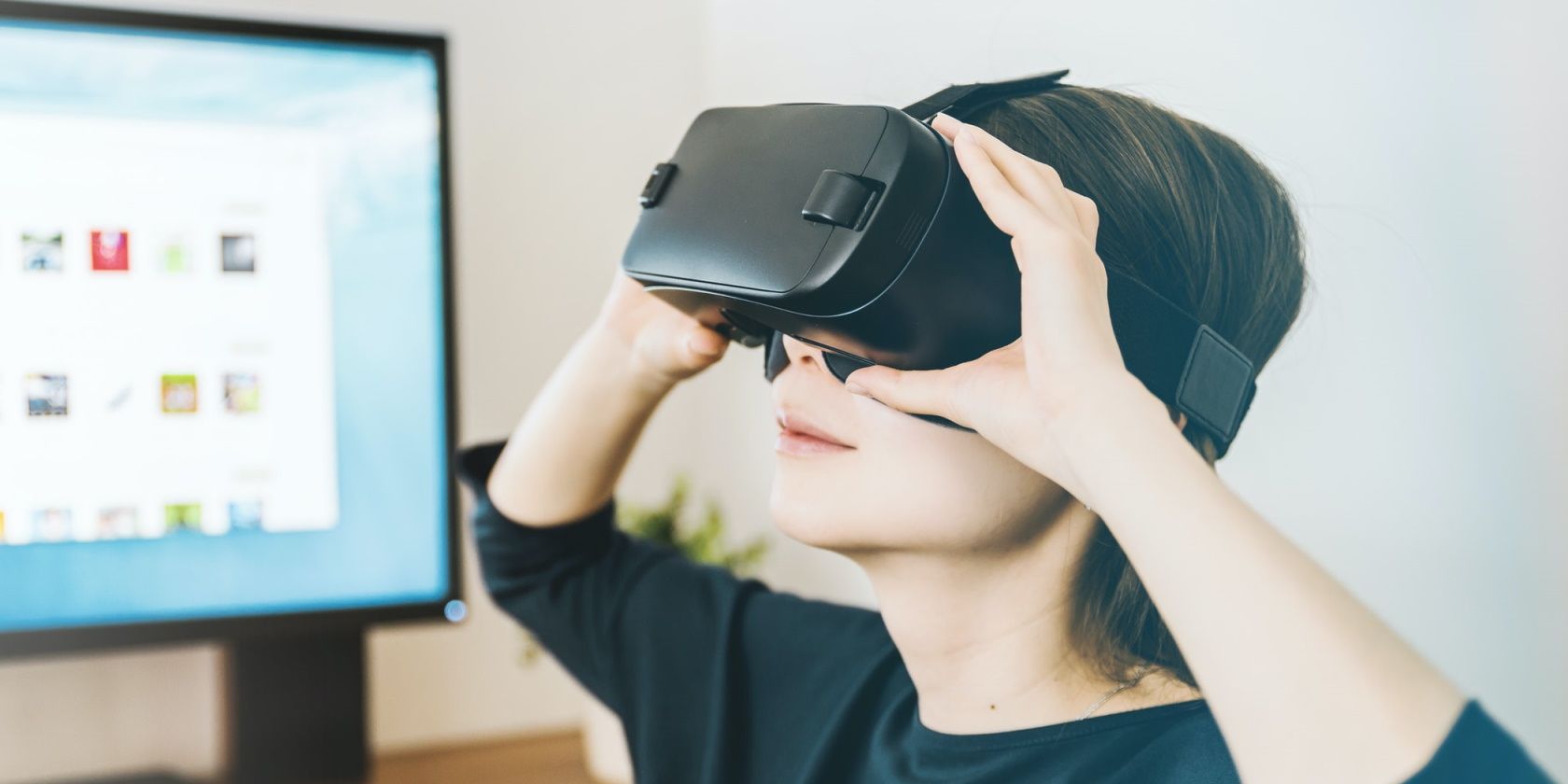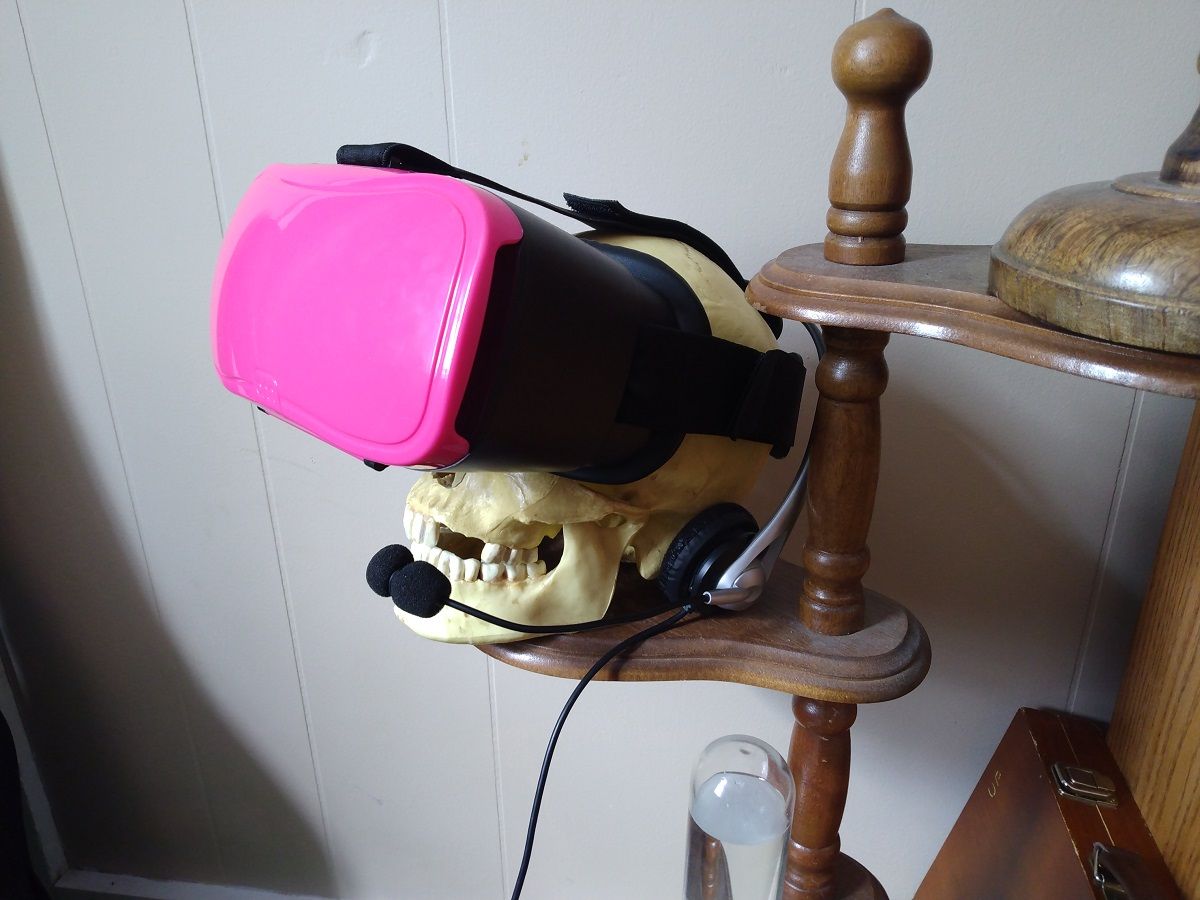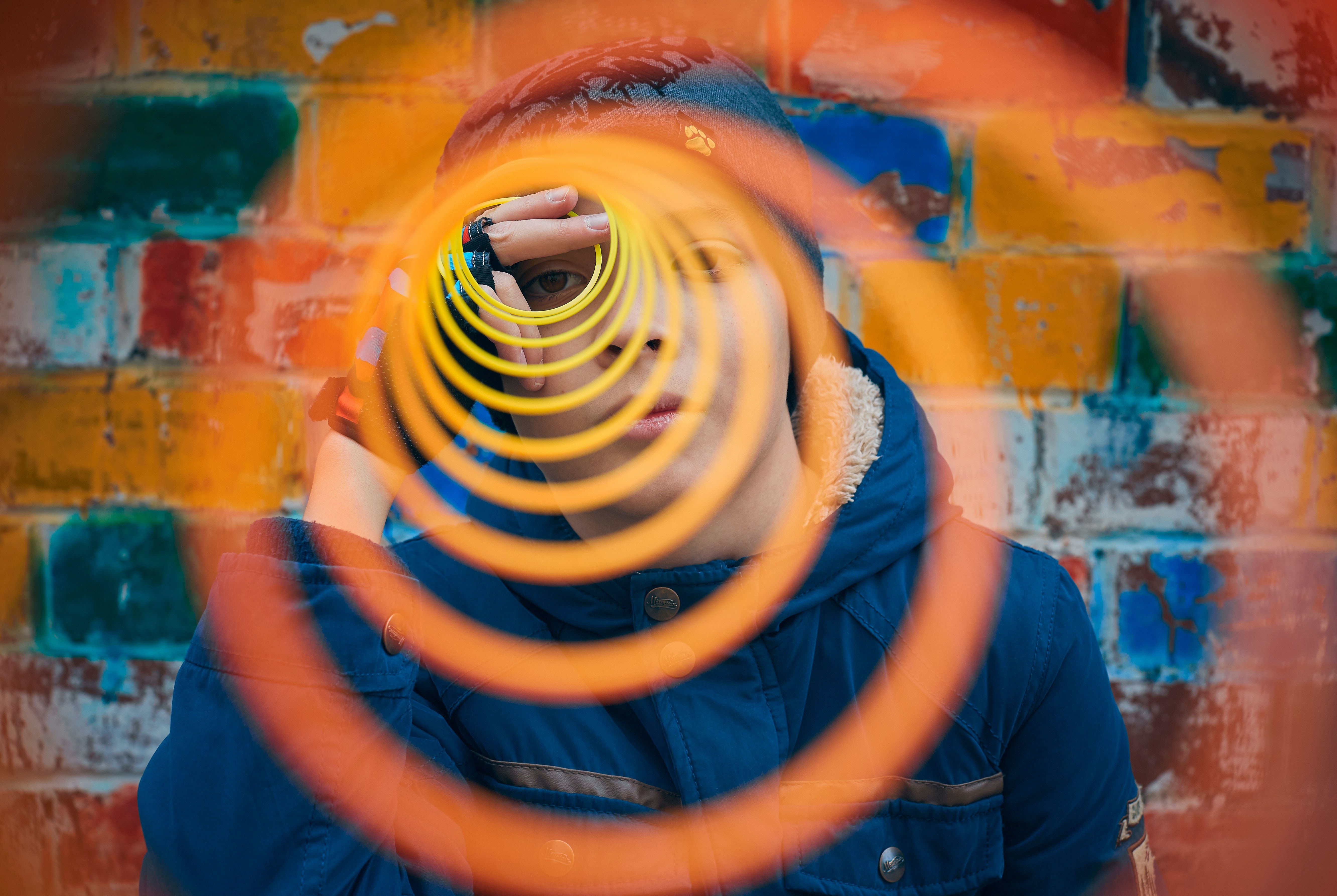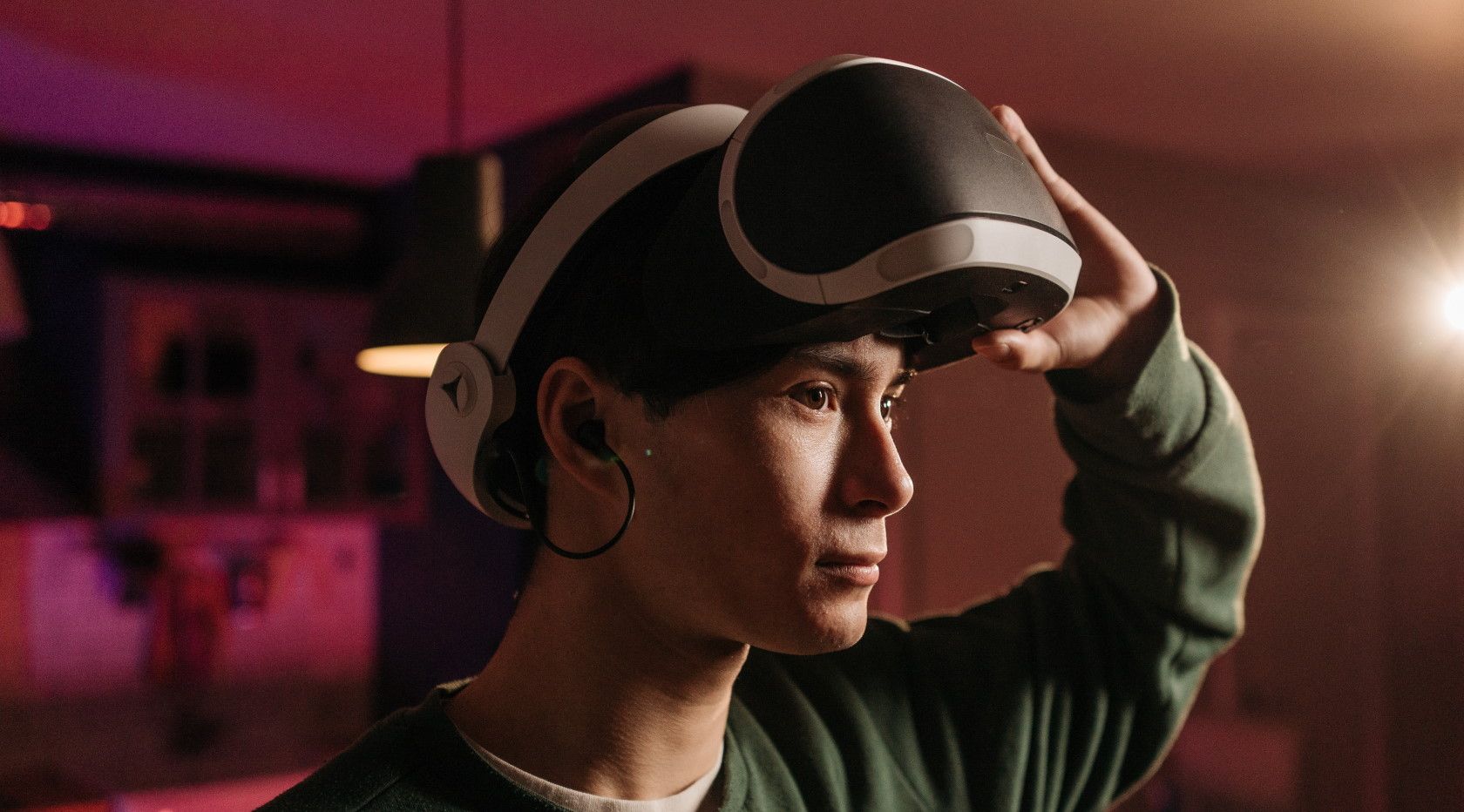The future is virtual, and with the Metaverse and other virtual realities popping up, we are well on our way there. VR is on a trajectory that will redefine our everyday lives, the same way the internet did.
To provide a true virtual experience, VR systems use head-mounted displays that completely enclose the user's eyes. One of the most pressing concerns for early adopters of this cutting-edge technology is how it will affect their eyes.
Is it possible that wearing VR headsets could harm your eyes? Let's find out.
How Does Virtual Reality Work?
VR has been around since the 1960s in its current form. Early virtual reality was non-digital and aimed to simply alter your current visual experience. These took the form of panoramic paintings, cinematic screenings, and stereoscopic photos.
When we say "virtual reality" now, we're talking about a realistic and interactive three-dimensional world created and experienced through the use of computer technology. Users can explore and interact with this world while in it, experiencing the illusion of being physically and mentally there.
A virtual reality system usually comprises :
- A head-mounted display or VR headset that looks like a welding visor.
- A computer or smartphone that uses software to generate the 3D reality
- A cable, usually HDMI or a USB-C cable, that connects your headset to the computer or smartphone
- Some sort of input tracking system that monitors head and hand motions, including sensors and haptic feedback
The main goal of any VR system is to simulate a virtual and immersive audiovisual experience. Its primary display technology is a virtual reality headset that creates a three-dimensional environment.
Each virtual reality headset has two screens—one for each eye—creating a stereoscopic effect which gives users the illusion of depth. The screens are adjusted by autofocusing lenses based on each individual eye movement or position.
And that's exactly the cause of users' concern. So, to the question: Is VR bad for your eyes?
Possible Effects of VR On Your Eyes: What Research Says
Many tech advancements have their drawbacks—social media is great for communication, but it takes it toll on mental health. Crypto is creating opportunities for financial inclusion, but it is bad for the environment. Virtual reality is no exception.
Because most VR users use it for long periods of time, the concerns are amplified. Some users have even reported negative side effects after using VR for a short period of time.
VR alters our normal perceptions of things by tricking both our senses and our brains at the same time. For context, when the human eye tries to see something, muscles adjust its position and then focus the lenses on the object. This helps your brain interpret what you're looking at. In virtual reality, your eyes are always fixed on a single point while attempting to converge and diverge towards objects of varying distances. When you use VR, this difference in how your eye works could cause problems.
Some very common ones include:
Eye Fatigue or Eye Strain
Eye fatigue or strain is a common complaint about using VR headsets. The major cause of this is the unnatural way in how the brain processes images when using a VR headset. Humans naturally have a field of view of around 200 degrees, and most VR headsets are built with smaller field of view.
In addition, rather than a wide refractive view, the focus is on a pixelated screen that is close to the eye. This disparity makes it more difficult for human eyes to determine where objects are located, putting additional strain on the eyes.
However, eye strain is usually not a serious condition and is not likely to cause permanent damage. The American Academy of Ophthalmology recommends taking breaks from a VR session once you start feeling eye strain.
Visually Induced Motion Sickness
This is also known as cyber-sickness, and it is very common to those who already suffer from motion sickness or vertigo. It happens when your brain receives a stimulus that your body is moving when it is not.
For example, a running scene in your VR session may deceive your brain into believing you are actually running. This causes sensory disorientation because your eyes perceive you to be running while your inner ear and body detect you to be stationary. VR scenes that involve rapid movements or falling from height can cause serious motion sickness.
Dizziness
Your balance is controlled by a system called the vestibular system—a sensory apparatus in your inner ear that ensures your body maintains its equilibrium.This system achieves this by coordinating several sensory signals ranging from head movements to eye movements. But wearing a VR headset can confuse these signals.
A VR headset can make these sensory signals very confusing, such as when your eyes see you running, but your head remains still. This discrepancy in sensory data can throw your body's balance off, making you dizzy.
Eye or Muscle Twitching
Long exposure of the eyes to rapid light switching and movement can harm the eye muscle. In most VR simulations, lighting and motions change rapidly, requiring the eye muscles to adjust just as fast. Long-term exposure to this may harm the eye muscles by making it difficult for them to remain still.
Does VR Usage Have Any Benefits?
While the majority of the news about virtual reality and the eyes has been negative, there are some potential ocular applications. These are just a few:
- VR headsets can help people with amblyopia (lazy eyes) improve their visual acuity.
- VR can help detect early eye problems, particularly in children, that can then be treated with corrective glasses.
- It can help improve hand-to-eye coordination, particularly for occupations that require it.
- VR can be a useful training tool for the eyes of people who have poor depth perception and nearsightedness.
Virtual reality isn't all doom and gloom, and developers are making improvements to reduce the negative effects on the eyes. For example, top VR headsets such as the Oculus Quest 2 feature coated lenses that help reduce the blue light and minimize eye strain.
Safe VR Usage
VR, like all technology, has its benefits and drawbacks, but when perfected, it has the potential to be an era-defining technology. The key to avoiding eye problems is to use it in moderation, as long-term use is clearly harmful.

